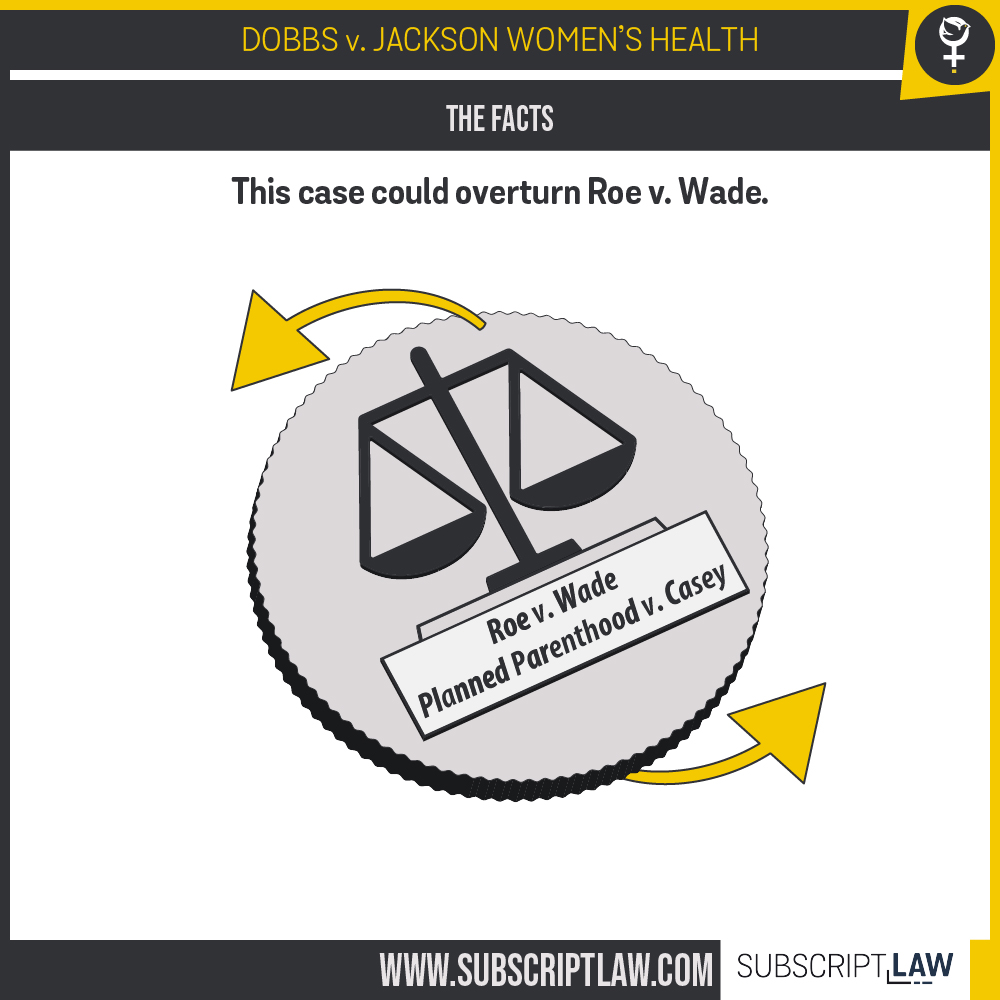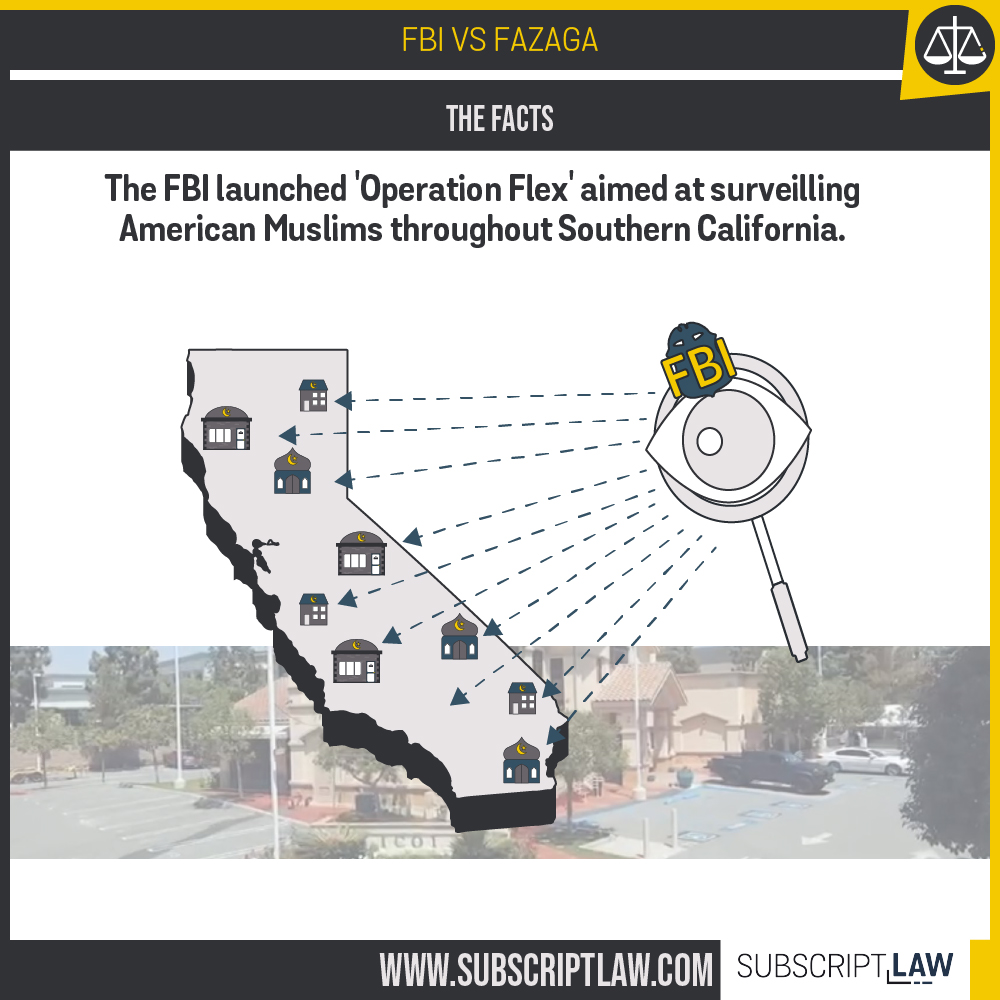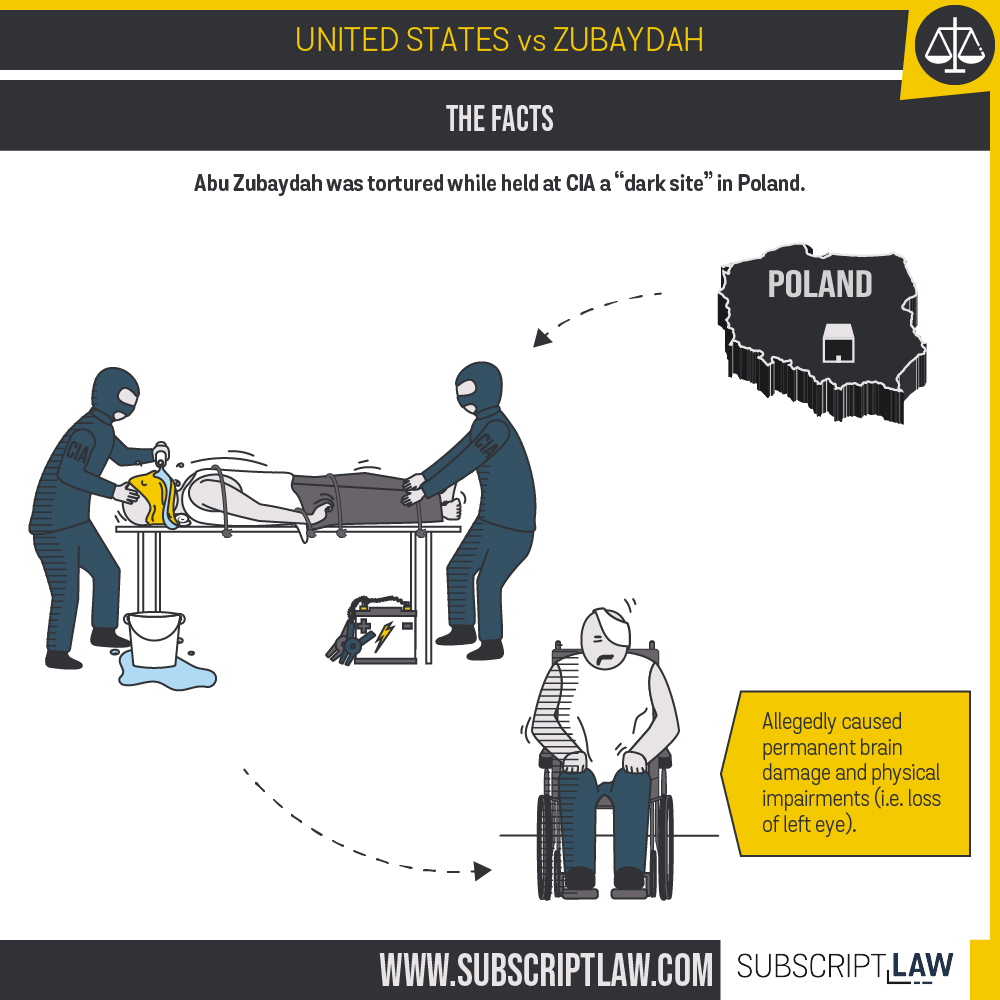What is a Judicial Doctrine?
Article III of the Constitution gives courts the authority to resolve disputes through interpreting the law. In effect, courts are the ultimate interpreters of the law.
Interpretation requires structure, and that’s where judicial doctrines come in. Courts use logical rules in interpreting laws, such as how to interpret statutory text. Those are rules of statutory construction. In specific areas of law, a court may use a presumption of Constitutional or Congressional intent to derive a more specific judicial doctrine.
A judicial doctrine is simply an analytical method a court uses to determine the outcome of a legal interpretation. For example, when resolving a contract dispute, the doctrine of “substantial performance” allows a court to rule against a breach of contract as long as the party in alleged breach has “substantially” performed under the contract. The doctrine comes from the presumption that the law would not have wanted one contract party to have a windfall from a minor issue of non-performance on the other side.
Another contract-related doctrine tells a court to interpret an ambiguity in the text of the contract against the party who drafted the contract. The doctrine encourages drafters of contracts to be as explicit as possible when drafting. It also helps tilt the scales in favor of the usually less-sophisticated party (the non-drafter) in situations of unequal bargaining power.
What is the Chevron Deference Doctrine?
Chevron Deference is a judicial doctrine a court uses to determine when to defer to (to give respect to) the legal interpretation of an executive agency. The doctrine gives credit to the expertise of an executive agency when the agency has issued an interpretation of a legal area of the agency’s expertise.
For example, the Department of Housing and Urban Development (HUD) is the agency expert in housing law. When Congress wrote the Fair Housing Act — and a number of other laws relating to housing — it gave HUD the authority and responsibility to administer the law. Congress intended for HUD to have authority in housing.
With this recognition — that agencies are substantive experts — a court may defer to an agency’s interpretation of a law in that agency’s subject area, instead of substituting the court’s own interpretation of the law.
However, before using Chevron Deference, a court still has a role to play. The court must conduct an analysis to make sure the context of the case and the agency interpretation are appropriate for giving deference.
History of Chevron Deference: Chevron v. NRDC (1984)
Chevron Deference came from a 1984 Supreme Court case, Chevron v. National Resources Defence Council. The case presented an issue of statutory interpretation of the Clean Air Act. The Environmental Protection Agency under President Reagan recently had changed the meaning of the Clean Air Act term “stationary sources” from the interpretation the Carter EPA used.
The Reagan EPA’s new definition made it easier for manufacturing plants to escape regulation under the Clean Air Act, and an environmental protection organization, National Resources Defense Council (NRDC), sued the agency. NRDC claimed the new EPA definition of “stationary sources” was an invalid interpretation of the Clean Air Act.
The Supreme Court asked whether it should defer to the EPA’s definition of “stationary sources” or conduct its own review of what Congress intended by “stationary sources.” In evaluating the issue, the Court looked to two earlier cases. Skidmore v. Swift (1944) was the first time the Supreme Court deferred to an agency’s interpretation. The Court determined the authority of the agency interpretation based on its “persuasiveness.”
In Morton v. Ruiz (1974), the Supreme Court wrote that, “The power of an administrative agency to administer a congressionally created . . . program necessarily requires the formulation of policy and the making of rules to fill any gap left, implicitly or explicitly, by Congress.” In the end, Justice Stevens wrote in the Chevron opinion that it’s a “well-settled principle” that a court should afford considerable weight and deference to an agency’s construction of a statute that the agency is authorized to administer.
In the end, Chevron v. NRDC instructed courts to follow a two-part analysis. The first question asks if Chevron deference is appropriate: is the statute genuinely ambiguous? In other words, did Congress actually leave a gap in the statute for an agency to fill? If so, then presumably the agency has the authority to fill it, and a court may proceed to Step 2 of the inquiry.
In Step 2, a court only asks whether the agency’s interpretation of the statute is reasonable. If it is, then the agency’s interpretation prevails in the case. The court will not substitute its own judgement of what Congress intended for that of the agency’s.
Additional Questions on Agency Deference
Chevron v. NRDC established a new way for courts to analyze cases involving an executive agency’s interpretation of a statute. However the two-step Chevron Deference framework left unanswered questions.
One question lower courts still had was what types of agency interpretations should be given deference. Executive agencies issue many types of legal interpretations, from the most formal — regulations finalized through “notice and comment” rulemaking — to the informal, like statements of policy, advisory letters, and adjudicatory opinions. Would Chevron Deference apply to informal agency interpretations, just like it applies to formal regulations?
A 2001 case, United States v. Mead, answered that question. A court should apply Chevron deference only to agency interpretations where it appears that Congress gave the agency authority to make rules with the force of law, and only if the agency created the interpretation in question in the exercise of that formally-granted authority.
Several years earlier, in Auer v. Robbins (1977), the Supreme Court used Chevron to defer to an agency’s interpretation of its own regulations. Auer meant that an agency could actually give a late-in-the-game interpretation for a rule it created earlier and left ambiguous. The Court would revisit this question in 2019 in Kisor v. Wilkie, where it affirmed Auer deference in a close 5-4 decision.
The Controversy Over Chevron Deference
Critics of the Chevron doctrine point to separation of powers concerns. Courts — not executive agencies — are meant to interpret the law. If Congress left a gap in a statute, then the judiciary must fill the gap. Chevron allows executive agencies to step into the role of a court, the argument goes, which is unconstitutional.
The response from defenders of agency deference is that the branches are meant to work together. Congress often delegates authority to the executive branch to make rules. The executive branch even has quasi-judicial bodies to adjudicate disputes within the executive realm. The Constitution does not place strict boundaries on the roles of the branches. The Constitution envisioned reasonable delegation of roles among the branches.
Further, proponents of Chevron argue, a court does have a role to play in a case involving Chevron deference. A court must analyze a case to determine if it’s appropriate to apply deference.
In Kisor v. Wilkie (2019), the recent case questioning the validity of Auer deference, the various opinions gave a glimpse into the justices’ differing views on agency deference. In the case, a Vietnam veteran sought benefits for PTSD, and the Department of Veterans Affairs denied him, relying on its own interpretation of a word in its regulations.
Notably, Chief Justice Roberts sided with the liberal wing of the Court to rule in support of deference. However, he only signed onto a portion of the opinion written by Justice Kagan. In that portion, the Court limited deference to situations in which (a) the regulation is genuinely ambiguous (b) the agency interpretation is reasonable, and (c) the agency issued a “legitimate” interpretation, or one expressing an “official” agency view.
The dissenting members of the Court expressed separation-of-powers concerns for Auer deference. They agreed with Kisor, the Vietnam veteran, who argued that Auer deference would give agencies excessive power; further Auer deference would give an agency the incentive to issue vague rules so it could just fill in the intent later. Gorsuch, who wrote for the dissent, explained that agencies should be able to convince courts of their own interpretations, but that allowing Auer deference gives too much rulemaking power to executive agencies.
Justice Roberts, the middle-man in the case, wrote a concurrence and noted that he thinks the majority and the dissent aren’t too far off, in their judgements of which types of cases would deserve agency deference. In his view, the two sides disagreed mainly about whether Auer should be a formal doctrine.
Since the Kisor decision, the liberal wing lost Justice Ginsburg, leaving a 6-member conservative wing. The additional vote on the conservative side, Justice Barrett, could lead to a rejection of Chevron or related deference doctrines in the future.






